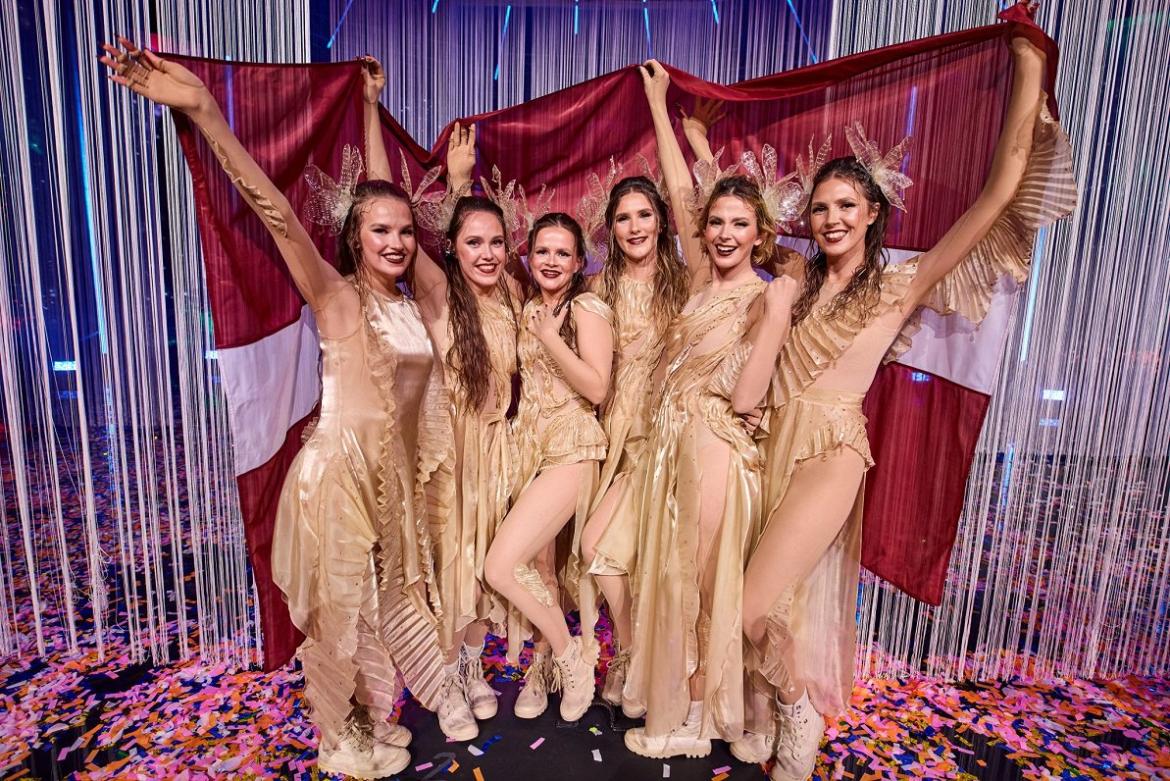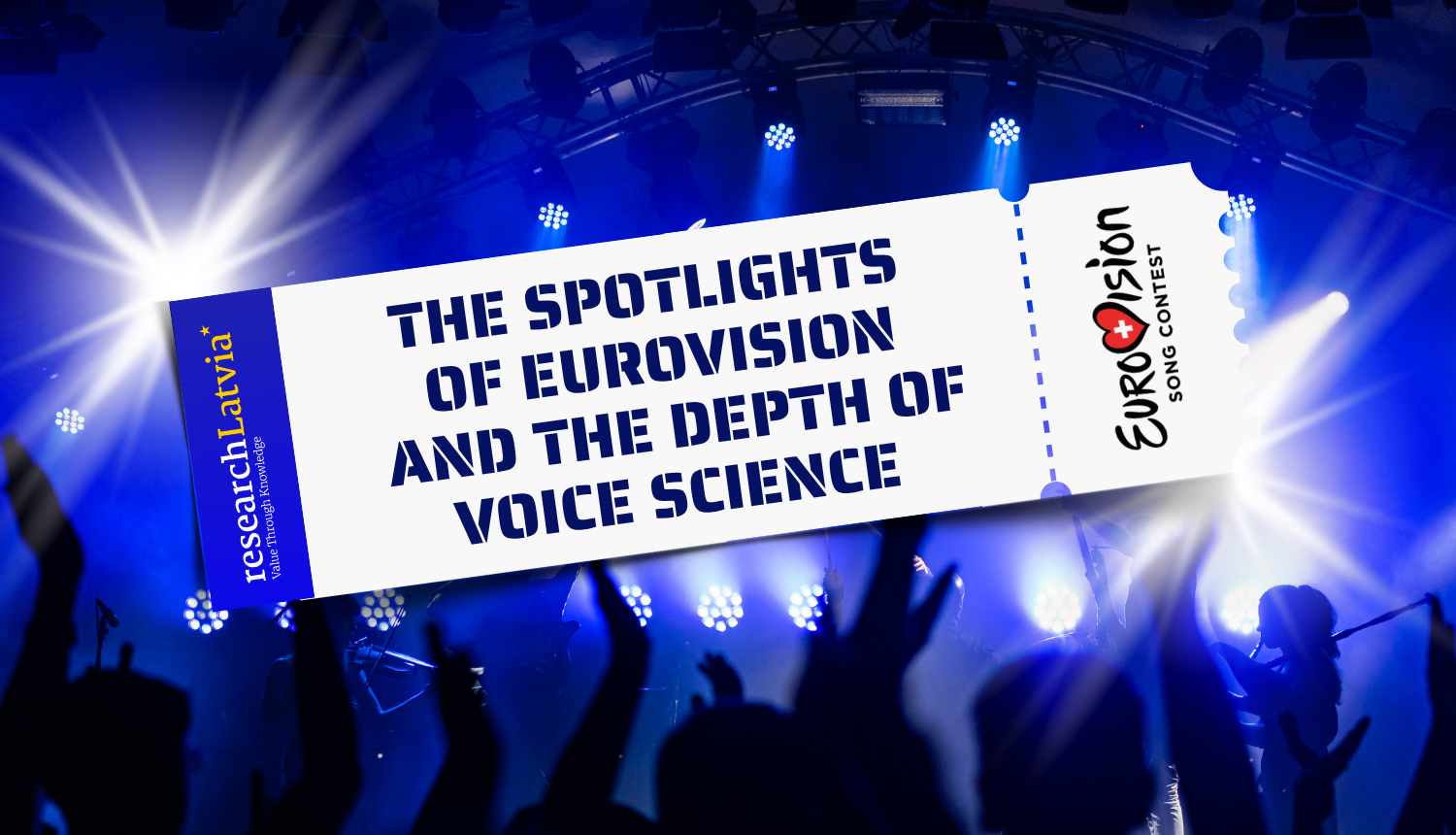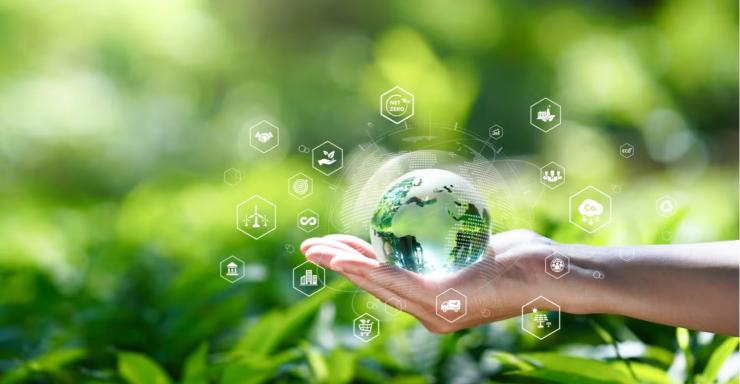The voice is one of the most unique human instruments. The annual Eurovision Song Contest is a brilliant example of the intersection between voice science and art. As is well known, vocal resonance and other essential factors influence the success of a performance. The science communication portal researchLatvia explains that each spoken word or sung note is a complex physiological and acoustic process combining anatomy, aerodynamics, and neurology.

In the 2025 Eurovision Song Contest, Latvia is represented by the ethno-pop group Tautumeitas - six charismatic artists who fuse the roots of folk music with a contemporary electronic sound. Their vocal performance is a great example of how knowledge of voice and sound mechanics can be combined with creative expression and national identity.
The Tautumeitas performance features precise polyphony, which requires both breath control and pitch accuracy (intonation), and can be trained using scientific methods—from acoustic analysis to visual diagnostics of vocal fold vibrations. Moreover, the group’s ability to blend the ancient with the modern reflects the very essence of science: to seek patterns, reveal the invisible, and discover new possibilities.

What is sound?
In physics, sound is a mechanical wave that results from the vibration of particles in a medium. When an object, such as the vocal cords, vibrates, it causes adjacent air particles to oscillate. These oscillations travel through space as longitudinal waves - meaning the particles vibrate in the same direction the wave moves.
Sound waves cannot propagate through a vacuum because they require a material medium (air, liquid, or solid) to transmit energy. Sound is the process of energy transfer through vibrations, which the human ear can detect within a frequency range of approximately 20 to 20,000 hertz.
How is the human voice produced?
Voice production begins in the lungs, where the airflow from exhalation moves through the trachea to the larynx, which houses the vocal cords. When air passes through the tightly closed vocal cords, they begin to vibrate, generating sound. This sound is then modified by the upper airways - namely, the throat, mouth, and nasal cavity—to produce different tones and speech sounds.
For instance, studies show that voice pitch can influence how listeners perceive a speaker’s authority and trustworthiness. A lower vocal tone is often associated with greater authority, which may affect how an audience perceives a singer or speaker.
Pitch and Timbre
The pitch of the voice (i.e., its frequency) is determined by the tension and length of the vocal cords. The tighter and shorter the cords, the higher the pitch. Timbre, which makes each person’s voice unique, is shaped by the patterns of vocal cord vibrations and the resonance characteristics of the upper airways.
Neurological Processes
Voice production is closely linked to brain activity. Neurological signals from the brain control the movement of the vocal cords, muscle tension, and breathing. This complex coordination enables us to speak, sing, and express emotions through voice.
Voice Research and Technology
Modern technologies allow for detailed exploration of voice production. For example, videolaryngoscopy enables real-time observation of vocal fold function, while acoustic analysis helps study vocal characteristics. These tools are essential not only for scientists, but also for speech therapists, vocal coaches, and medical professionals.
Voice science is a field that connects medicine, physics, neuroscience, and art. The group Tautumeitas demonstrates how traditional sounds, vocal technique, and creativity - rooted in physiological and acoustic principles - can transform into a compelling musical message on an international stage.
Informative video about various singing techniques (vocology)
Sources: The Mechanics of Voice, How Voice Pitch Influences Our Choice of Leaders, Voice Acoustics: an introduction


